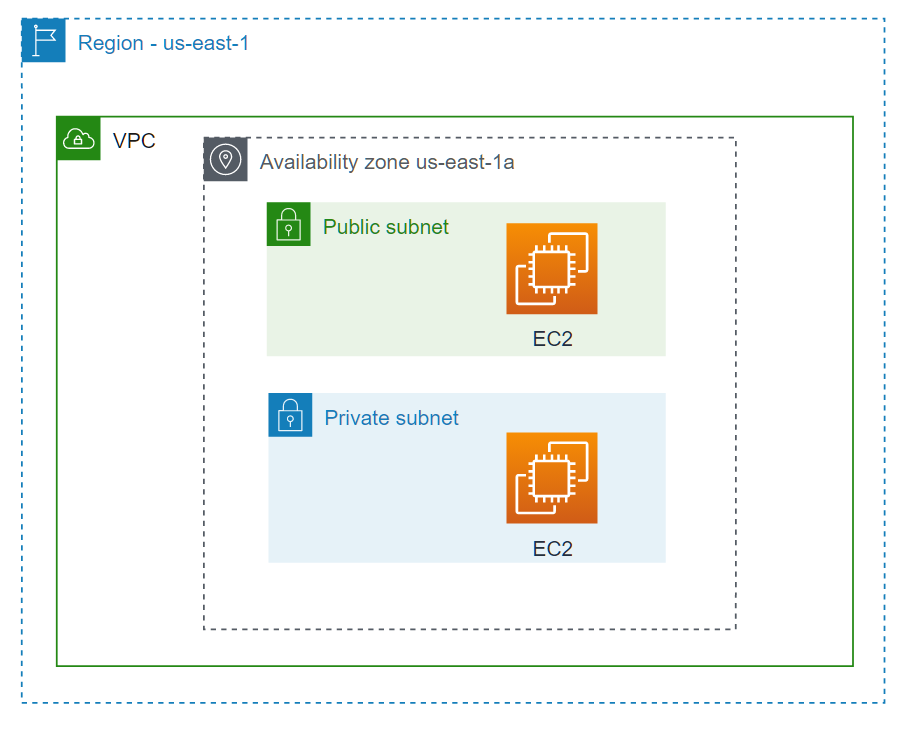Amazon Elastic Compute Cloud (EC2) is a web service provided by Amazon Web Services (AWS) that enables users to provision and manage virtual machines (VMs) in the cloud. It provides scalable computing capacity in the cloud, allowing users to quickly and easily launch virtual machines with a variety of operating systems and software configurations.
With EC2, users can choose from a wide range of instance types optimized for different types of workloads, including general-purpose, compute-optimized, memory-optimized, and storage-optimized instances. EC2 also provides several features and capabilities, including the ability to configure security groups and network settings, attach storage volumes, and scale up or down as needed.
EC2 instances are accessed over the internet, and users can control access to instances using security groups, which act as virtual firewalls, allowing or denying traffic based on rules that are defined by the user. EC2 instances can also be used in conjunction with other AWS services, such as Elastic Load Balancing (ELB), Amazon Elastic Block Store (EBS), and Amazon Simple Storage Service (S3), to create highly available and scalable architectures.
AWS EC2 (Elastic Compute Cloud) is a core component of Amazon Web Services (AWS) that provides scalable computing capacity in the cloud. EC2 enables users to rent virtual servers, known as instances, on which they can run their applications and services. EC2 is designed to provide a highly flexible and customizable infrastructure, allowing users to select the operating system, programming language, and other software components that best meet their needs.
The following image shows EC2 instances in a Public and Private Subnet within a VPC

EC2 instances are available in a range of instance types, each optimized for different workloads and use cases. Users can select from general-purpose, compute-optimized, memory-optimized, and storage-optimized instances, among others. Instances can also be launched in different regions and availability zones, allowing users to select the geographical location that best meets their requirements.
EC2 provides a range of configuration options, including security groups, key pairs, and network settings, to help users secure and manage their instances. Users can also leverage other AWS services, such as Amazon Elastic Block Store (EBS), Amazon Simple Storage Service (S3), and Amazon Elastic Load Balancer (ELB), to build highly scalable and reliable applications.
EC2 instances can be managed through the AWS Management Console, AWS CLI, and various APIs and SDKs. Users can launch, terminate, and monitor instances, as well as manage security settings, storage, and networking.
In general, AWS EC2 provides a powerful and flexible infrastructure for running applications and services in the cloud, with a wide range of instance types, configuration options, and management tools available to meet the needs of any organization or workload.
